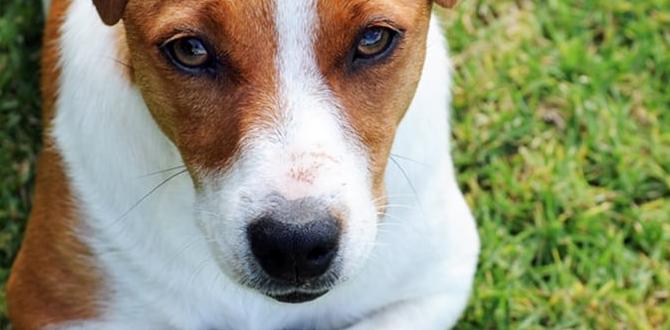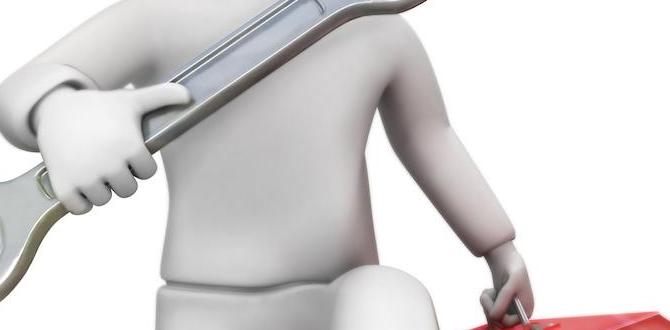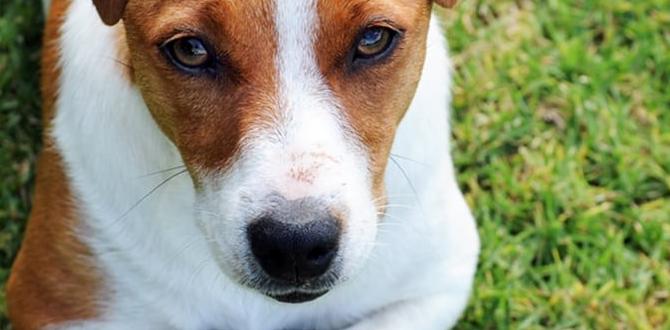Correct Dog Misbehavior: Building a Harmonious Home
Correct dog misbehavior at home is a journey every dog owner will embark on at some point. Whether you’re welcoming a new puppy into your life or dealing with established habits in an older dog, understanding how to address unwanted behaviors effectively is crucial for a happy and harmonious coexistence. It’s not about punishment; it’s about clear communication, consistent training, and meeting your dog’s fundamental needs. This article will equip you with practical, effortless tips to guide your canine companion towards better behavior, transforming potential frustrations into moments of connection and mutual understanding.
Understanding the Root Cause of Misbehavior
Before we dive into specific techniques, it’s vital to understand why dogs misbehave. Often, what we perceive as deliberate naughtiness is actually a dog trying to communicate a need or express an unmet instinct. Common culprits include:
Boredom and Lack of Stimulation: Dogs are intelligent creatures with boundless energy. If they don’t have enough outlets for physical and mental exercise, they’ll find their own – which might involve chewing destructively, excessive barking, or digging.
Anxiety and Fear: Separation anxiety, fear of thunderstorms, or general anxiety can manifest in behaviors like destructive chewing, house soiling, or incessant vocalization.
Lack of Training and Clear Boundaries: Dogs thrive on routine and clear rules. Without consistent training and established boundaries, they can become confused and resort to behaviors that seem undesirable to us.
Medical Issues: Sometimes, sudden changes in behavior can be a sign of an underlying medical problem. It’s always wise to rule this out with your veterinarian.
Genetics and Breed Tendencies: Certain breeds are predisposed to specific behaviors, like herding, guarding, or digging. Understanding your dog’s breed can help you manage these natural inclinations.
Essential Foundations for Correcting Dog Misbehavior
Effective correction starts with a strong foundation of positive reinforcement and meeting your dog’s basic needs.
1. Prioritize Exercise and Mental Stimulation
An exhausted dog is a well-behaved dog. Ensure your dog receives adequate daily exercise tailored to their breed, age, and energy level. This isn’t just about potty breaks; it’s about vigorous walks, playtime, or engaging activities like fetch.
Mental stimulation is equally important. Puzzle toys, obedience training sessions, scent games, and learning new tricks can tire out a dog’s brain, preventing boredom-induced mischief. A mentally stimulated dog is less likely to invent their own “jobs” around the house.
2. Establish Clear and Consistent Rules
Dogs learn best when expectations are clear and consistent across all members of the household. If jumping on the furniture is allowed one day and discouraged the next, your dog will be confused. Decide on your house rules and stick to them. Use positive reinforcement to reward desired behaviors, making it clear to your dog what you want them to do.
3. Harness the Power of Positive Reinforcement
Positive reinforcement involves rewarding your dog for good behavior. This could be with treats, praise, toys, or affection. When you catch your dog doing something you like – like sitting calmly, chewing on their toys, or going to the bathroom outside – shower them with positive attention. This makes them more likely to repeat the desired action.
Conversely, when you need to correct dog misbehavior at home, focus on redirecting the unwanted behavior towards a more acceptable alternative. For instance, if your puppy is chewing on your shoes, redirect them to their chew toy with enthusiastic praise once they engage with it.
Effective Strategies to Correct Undesirable Behaviors
When misbehavior occurs, remember to remain calm and patient. Emotional responses can often escalate the situation.
Tackling Destructive Chewing
Chewing is a natural behavior for dogs, especially puppies. The key is to channel this instinct appropriately.
Provide Appropriate Chew Toys: Offer a variety of textures and types of chew toys. Rotate them to keep them interesting.
Supervise and Redirect: When you see your dog chewing on something they shouldn’t, calmly take it away and immediately offer them an acceptable chew toy. Praise them enthusiastically when they chew their own toy.
Puppy-Proof Your Home: Remove tempting household items from your dog’s reach, especially during their chewing phases. Use bitter-tasting sprays on furniture legs or other items you don’t want them to chew, but always test in an inconspicuous area first.
Addressing Excessive Barking
Barking is a dog’s way of communicating, but excessive barking can be a nuisance.
Identify the Trigger: Is your dog barking at the mail carrier, other dogs, or out of boredom? Once you know the cause, you can address it.
Teach “Quiet”: When your dog barks, let them bark a few times. Then, get their attention with a high-value treat or toy near their nose. As soon as they stop barking to investigate, say “Quiet” and give them the reward. Practice this consistently.
Desensitize and Counter-Condition: If your dog barks at specific triggers (like the doorbell), work on gradually exposing them to the trigger at a low intensity while creating positive associations (e.g., giving treats as the doorbell rings).
Ensure Their Needs Are Met: A bored or anxious dog is more likely to bark. Make sure they have enough exercise and mental stimulation.
Managing House Soiling Accidents
House training requires patience and consistency.
Frequent Potty Breaks: Especially for puppies and newly adopted dogs, take them outside frequently – first thing in the morning, after meals, after naps, and before bed.
Positive Reinforcement: When your dog eliminates in the correct spot, praise them enthusiastically and offer a treat immediately.
* Clean Up Accidents Thoroughly: Use an enzymatic cleaner to thoroughly remove all traces of urine or feces. This eliminates lingering odors that might attract your dog to the same spot again. Avoid punishment after the fact, as dogs cannot connect a reprimand to an accident that happened minutes or hours ago.
When to Seek Professional Help
While these tips can correct dog misbehavior at home effectively for many common issues, some behaviors might require professional guidance. If you are dealing with aggression, severe anxiety, or persistent destructive behaviors that you cannot manage on your own, don’t hesitate to consult a certified professional dog trainer or a veterinary behaviorist. They can assess your dog’s specific situation and provide tailored strategies to help you and your canine companion thrive together.
Correcting dog misbehavior is an ongoing process that strengthens your bond with your dog. By understanding their needs, using positive reinforcement, and applying consistent training methods, you can build a partnership based on trust, respect, and a whole lot of love.
Meet Elyse Colburn, the devoted canine companion and storyteller behind the enchanting world of “Tales, Tails, and Adventures Unleashed.” A passionate dog enthusiast with a heart full of paw prints, Elyse Colburn shares heartwarming tales and insightful adventures, celebrating the joy, loyalty, and endless antics that make every dog a true hero. Join Elyse Colburn on this tail-wagging journey, where every post is a love letter to our four-legged friends.





